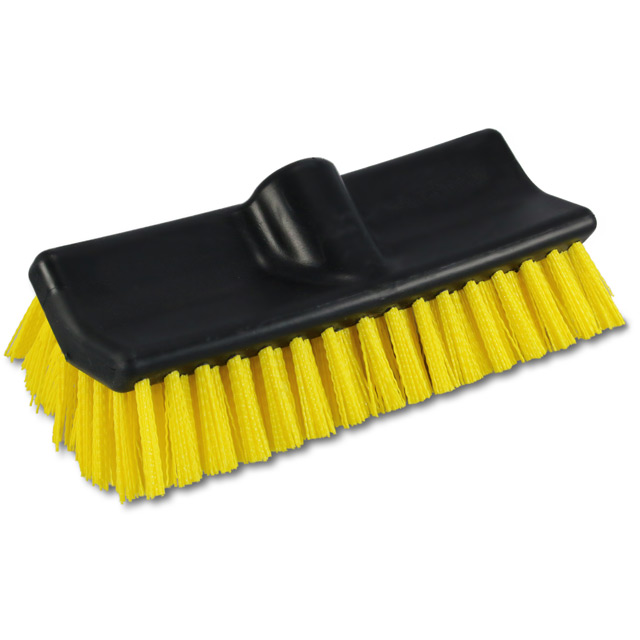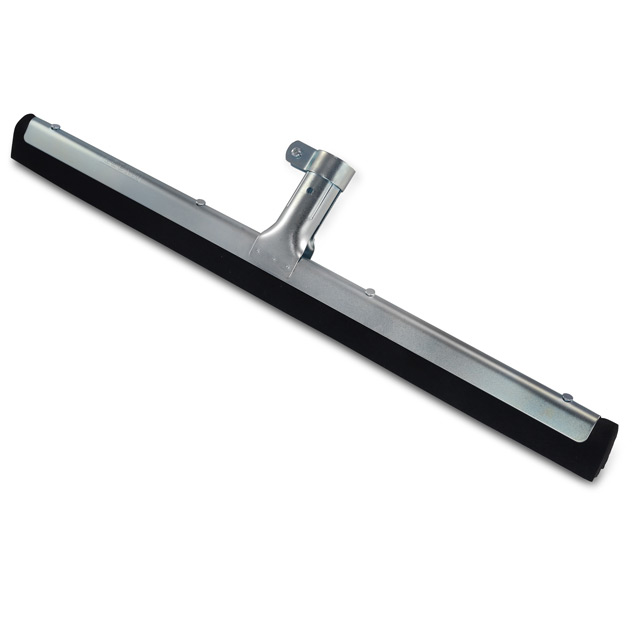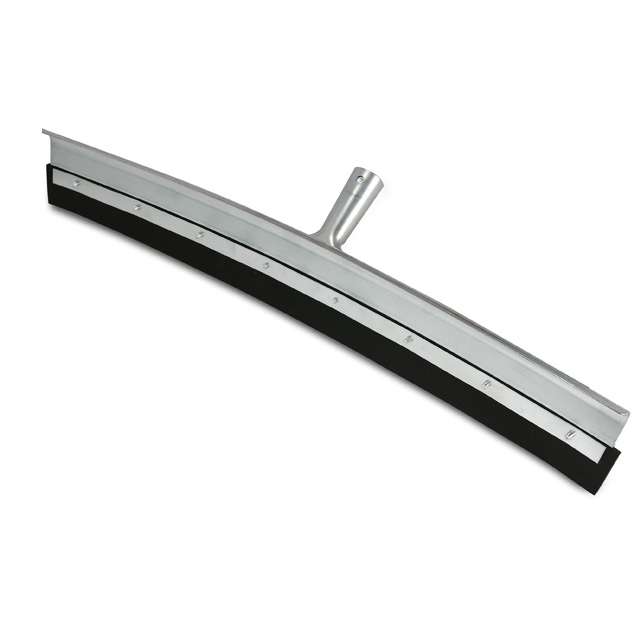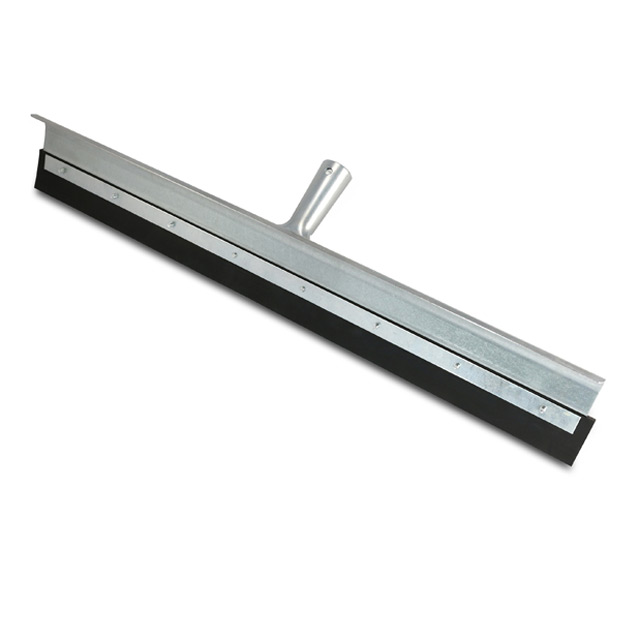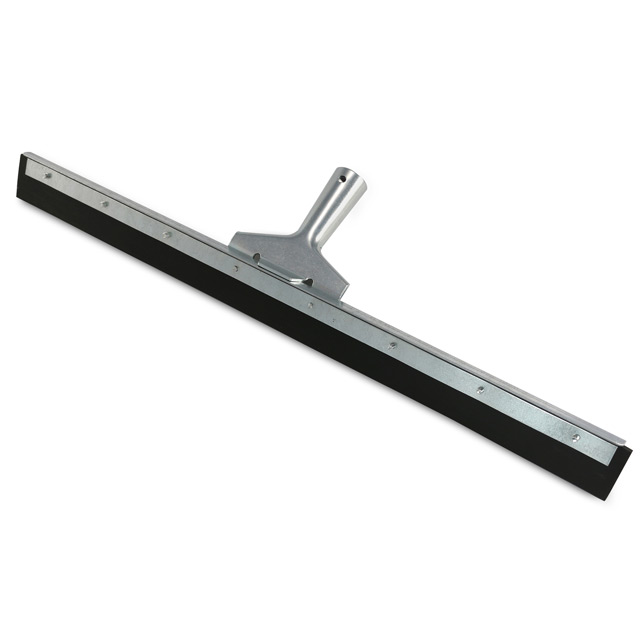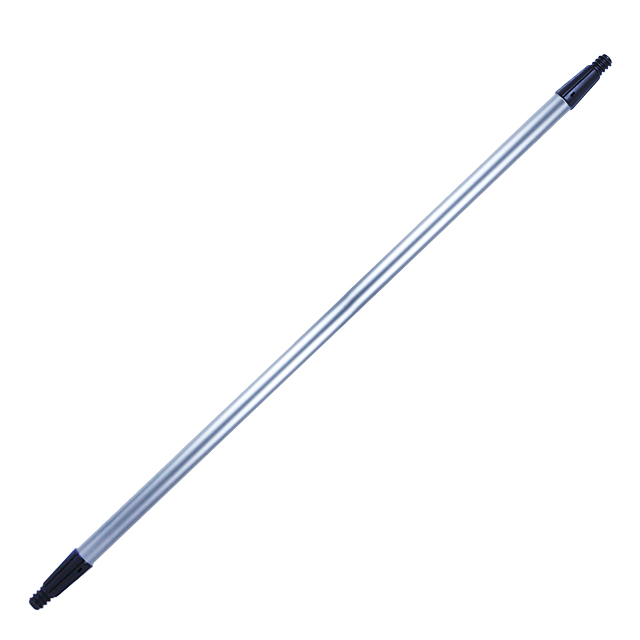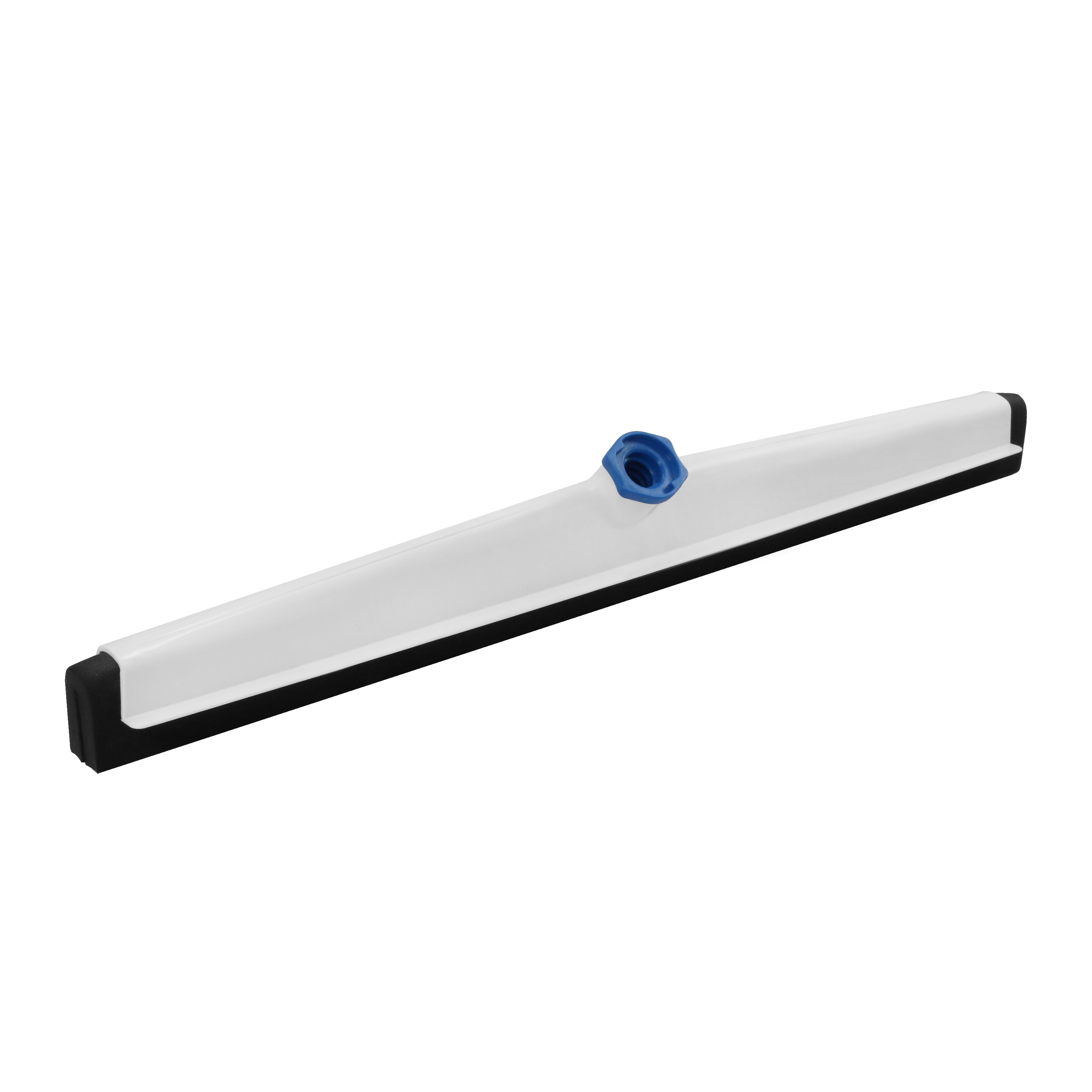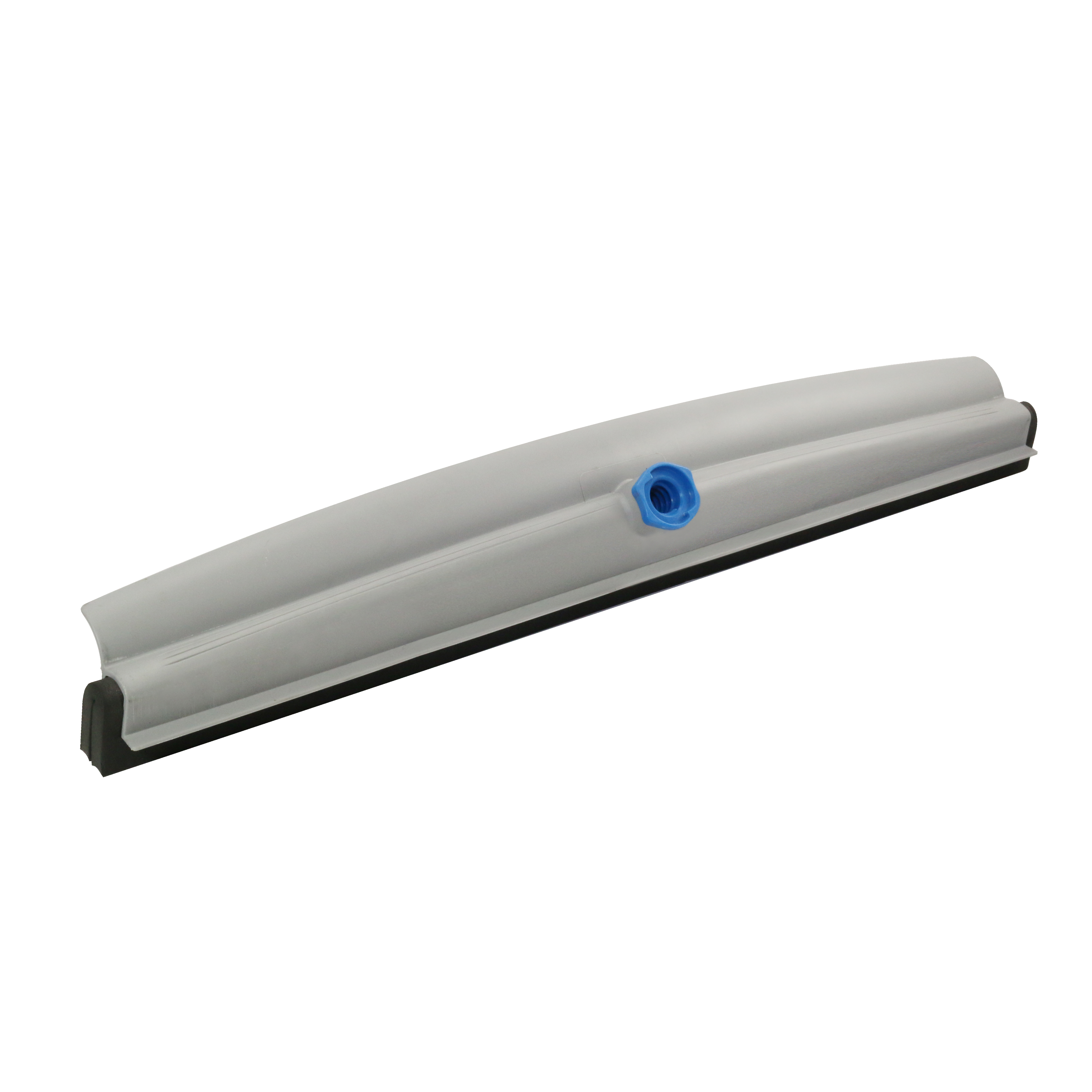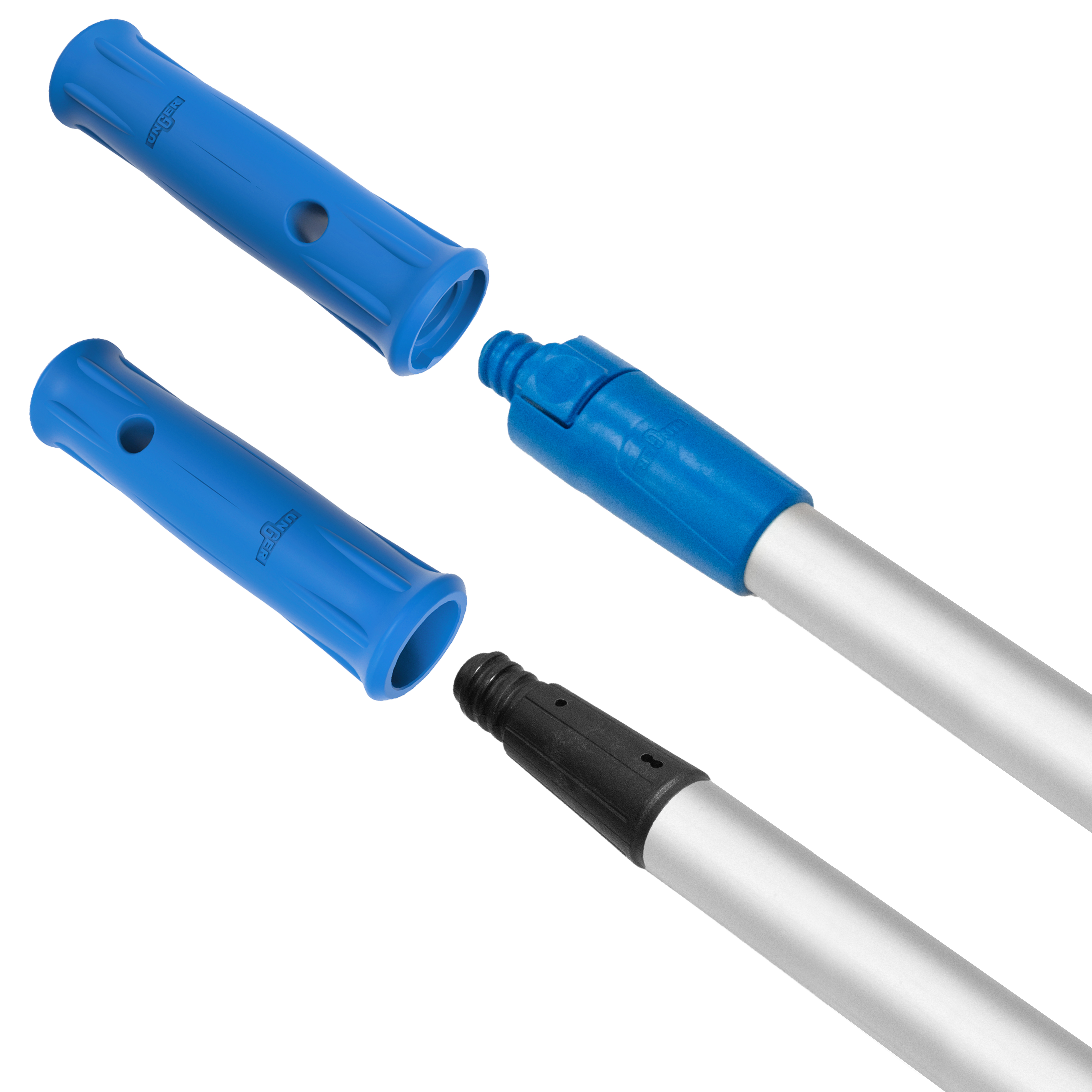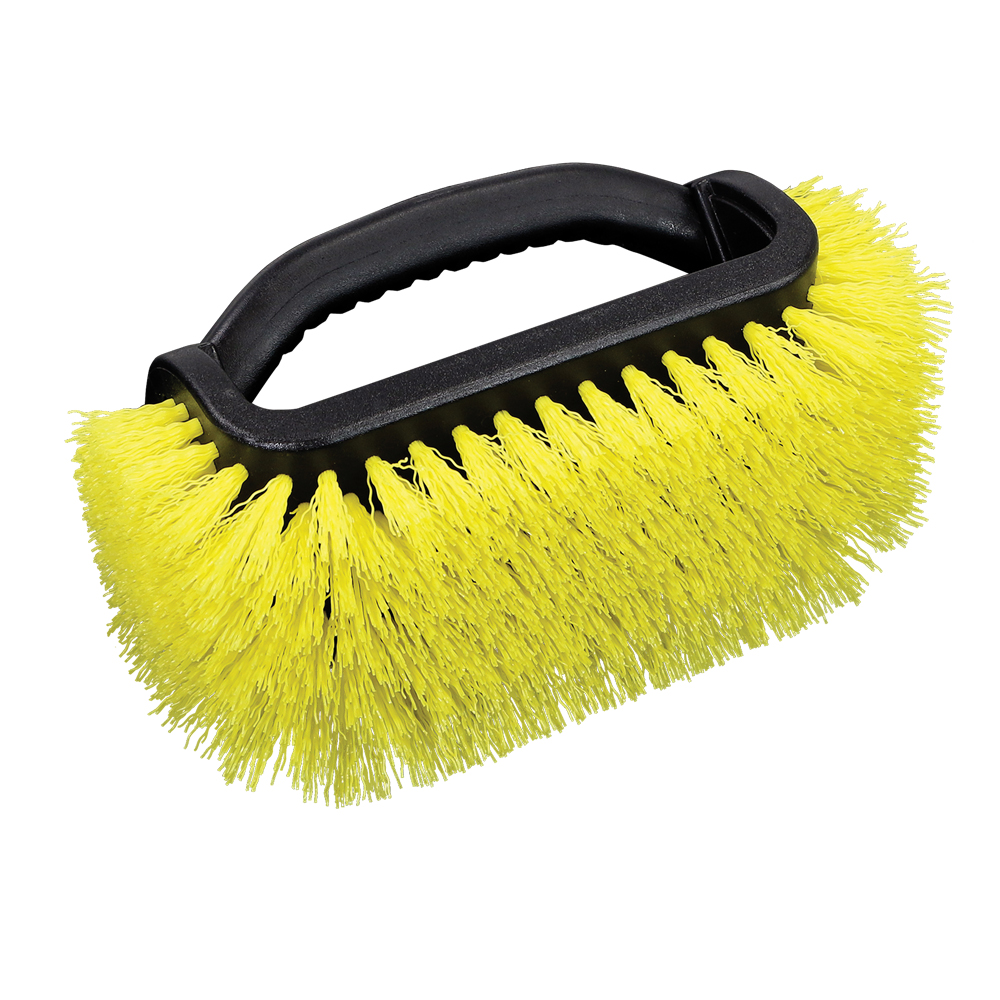Flood/Water Removal
Flood Cleanup and Water Removal
Standing water and wet floors can quickly become a breeding ground for bacteria and mold if not cleaned up effectively. Before you can begin the cleaning and sanitizing process on your floors, you need to remove the water and debris. Unger Professional™ floor squeegees are ideal for removing large volumes of water or debris and can be used on a variety of surfaces such as asphalt, tile, concrete, and linoleum. They are commonly used for both residential and commercial tasks when there is a lot of surface area to clean and dry.
Turn off all Power
For your safety, turn off the power and unplug any electronics immediately. Anything that can be removed from the affected area, such as electronics and furniture, should be taken away in order to prevent water damage. Move the electrical items after you’ve turned off the power leading into the affected area.
Find the Right Floor Squeegee
The type of squeegee to use for water removal depends on the type of floor. If the floor is uneven, like tile and asphalt, a foam squeegee is best because the soft foam rubber blade can adjust to the cleaning surface. If the floor is smooth, like concrete and asphalt, a squeegee with a rubber blade is the best tool for the task. Floor squeegees are either straight or curved. Depending on the application, straight squeegees are better for moving large volumes while curved squeegees are better for moving substances in a particular direction, such as towards a drain.
Begin Water Removal
Once you have the right floor squeegee, you can begin the water removal process. To effectively move water and debris, pull (don’t push) the squeegee for best results. Begin at the edge, moving the liquid and debris towards a drain. If there isn’t a drain within the area, move the liquid and debris into a pool so that you can then use a bucket and dust pan for removal. Continually tap squeegee to remove excess liquid or dirt.
Wash the Surface
Once the water has been removed, wash the floor surface with soap and warm, clean water. The floor squeegee can continue to be used for this process. Next, sanitize the surface with household bleach. Mix one cup of bleach with 5 gallons of water in a large bucket. Use the floor squeegee to spread the bleach mixture on the floor to sanitize the surface. Allow the bleach to sanitize the floor, do not rinse with water, just let it air dry.
If there was mold growth on the floor surface, you will need to use a stronger bleach concoction by mixing 1 cup of bleach for every 1 gallon of water in a bucket. Wash the floor surface with the bleach mixture. Use a heavy duty brush, such as the Unger Professional HydroPower Bi-Level Scrub Brush or Unger Professional Outdoor Scrub Brush to scrub the floor clean. Then, rinse the surface with clean water and allow to air dry.
It is important to read and follow the safety instructions on the products you’re using prior to the flood cleanup. When using bleach, never mix it with ammonia or any other cleaner. Wear rubber or other non-porous boots, gloves, and eye protection. Try not to breathe in fumes from the sanitizing products. When using the cleaning products inside, open windows and doors to ventilate the area if possible.
For more tips on flood clean up and floor cleaning, visit our Resources page.


